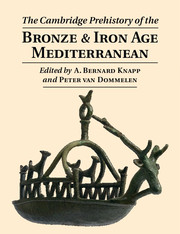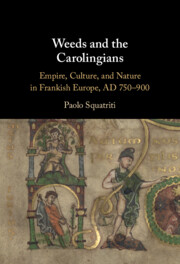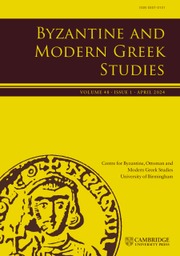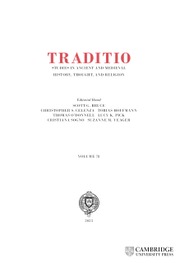An Environmental History of Medieval Europe
How did medieval Europeans use and change their environments, think about the natural world, and try to handle the natural forces affecting their lives? This groundbreaking environmental history examines medieval relationships with the natural world from the perspective of social ecology, viewing human society as a hybrid of the cultural and the natural. Richard Hoffmann's interdisciplinary approach sheds important light on such central topics in medieval history as the decline of Rome, religious doctrine, urbanization and technology, as well as key environmental themes, among them energy use, sustainability, disease and climate change. Revealing the role of natural forces in events previously seen as purely human, the book explores issues including the treatment of animals, the 'tragedy of the commons', agricultural clearances and agrarian economies. By introducing medieval history in the context of social ecology, it brings the natural world into historiography as an agent and object of history itself.
- The first overview of medieval Europeans' relationships with the natural world, presenting important new insights into how people shaped and were shaped by their environment
- Surveys current scholarly literature as well as new insights from the author's own research
- Structures narratives of medieval history around ecological and other principles of environmental studies, using an interdisciplinary approach which crosses the boundaries between social and natural sciences
Reviews & endorsements
"Contains the wisdom, and embodies the experience, gained from a career spent presenting this most interdisciplinary of subjects to classes of humanities students shy of science and nervous of numbers. The result is an accessible, readable and thought-provoking book with which any historian, environmental or otherwise, ought to be able to engage."
Bruce M. S. Campbell, The English Historical Review
'… [Richard Hoffman] has provided a rich overview of medieval daily life and thought with regard to the natural environment. He does not only focus on the interaction between nature and humans, but also contextualizes his findings in a larger framework of economic and social history, and the histories of law and mentalities. The book will serve as a readable introduction for students and scholars of medieval history, as well as enable specialists in environmental history to build on his work … an essential book and a work to use as a reference for all medievalists and environmental historians.' Christian Rohr, Speculum
Product details
June 2014Paperback
9780521700375
427 pages
218 × 136 × 20 mm
0.58kg
29 b/w illus. 14 maps
Available
Table of Contents
- Introduction: thinking about medieval Europeans in their natural world
- 1. Long no wilderness
- 2. Intersecting instabilities: culture and nature at medieval beginnings (c.400–900)
- 3. Humankind and God's creation in medieval minds
- 4. Medieval land use and the formation of traditional European landscapes
- 5. Medieval use, management, and sustainability of local ecosystems 1: primary biological production sectors
- 6. Medieval use, management, and sustainability of local ecosystems 2: interactions with the non-living environment
- 7. 'This belongs to me …'
- 8. Suffering the uncomprehended: disease as a natural agent
- 9. An inconstant planet, seen and unseen, under foot and overhead
- 10. A slow end of medieval environmental relations
- Afterword.






.jpg)
